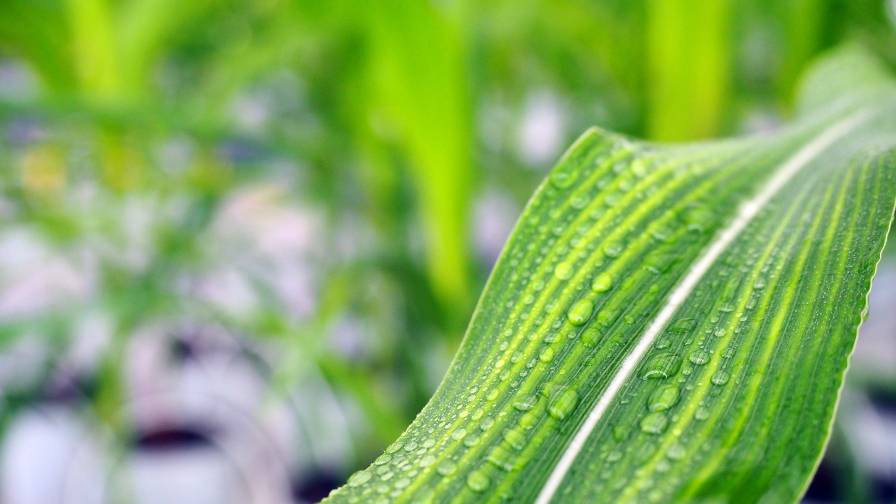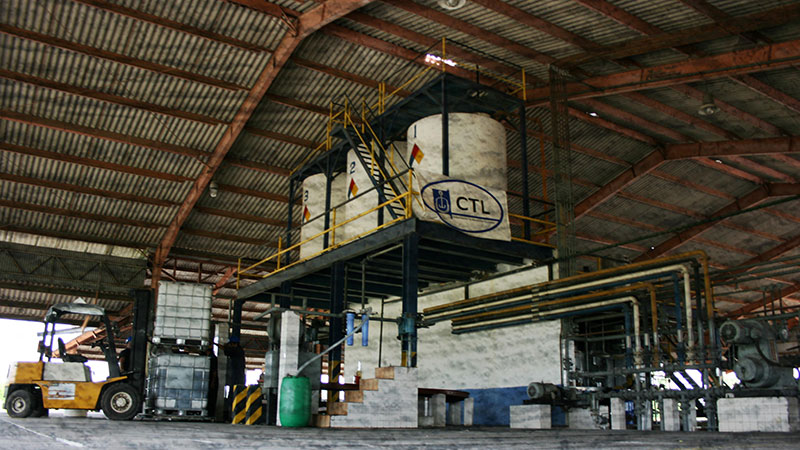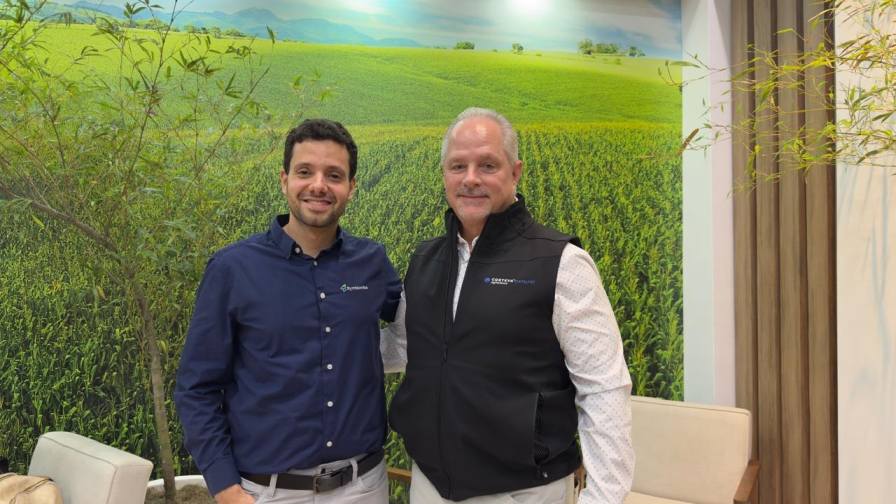What is Agriculture’s Role in Vaccine Advocacy?
The measles once again threatens immune-compromised populations in the U.S. less than 20 years since declaring it eradicated in 2000.
The outbreaks first popped up in close-knit communities in states that allow people to refuse vaccinations for philosophical reasons in addition to religious and medical reasons. Medical exemptions exist for those with severe allergies to ingredients in the vaccination or for children with severely compromised immune responses, for example those receiving chemotherapy or long-term immunosuppressive therapy. For these patients, contracting measles could be a death sentence, but they were protected for almost 20 years through herd immunity.
Measles has little chance of circulating when vaccination rates are about 94%. But in southern Washington on the border of Oregon and 10 miles from Portland, the state’s largest city, Clark County vaccination rates have reportedly fallen to 78% as a result of anti-vaccination movements.
It only took a generation for the disease to re-emerge, and in 2019, measles cases rose more than fourfold versus 2018 to the highest level since 1992. Many state and local governments, including Washington state and New York City where another measles outbreak occurred, now require children to be vaccinated for measles to attend public schools as a response to the outbreaks and have rescinded philosophical exemptions. Religious and medical exemptions still exist in most places.
Measles is one of the most contagious of infectious diseases with exposure resulting in a 95% chance of becoming infected without a vaccination.
Anti-vaccination hot spots threaten public health more than ever before because of growing movement of people and products around the world. Outbreaks don’t stay isolated, and we’re living through another reminder of that in the age of coronavirus.
We don’t know the transmission rate of COVID-19, and we’re not sure about the threshold of herd immunity (projections are about 75%), but we do know that the world is gearing up for one of the most comprehensive mass vaccination efforts in human history, and there are plenty of factors that could undermine progress toward normalization.
In November 2009, a vaccine for the H1N1 swine flu became available for the pandemic strain that first started circulating earlier that year. Even in a pandemic year, less than 50% of the general population received flu shots. Vaccine shortages, distribution issues, misinformation about efficacy, and waning concern in the general population all contributed to the low vaccination rate. A decade later not much has changed. Annual influenza vaccination rates still hover around 50% in the U.S. despite well-funded advocacy campaigns, public service announcements, and more access to the vaccine in non-office settings. The Centers for Disease Control and Prevention has a target of 70%.
In a world that seems desperate to get back to normal, doing so will hinge on the public’s acceptance of COVID-19 vaccines. It begs the question: What role should agriculture companies play in vaccine advocacy?
The anti-science rhetoric about vaccines is reaching a boiling point that could endanger societal and economic recoveries. They are the same anti-science arguments that condemn the use of pesticides, GMOs, and chemical fertilizers that have helped feed, clothe, and fuel a burgeoning global population. Time is critical with another blight brewing: Economic fallout from the pandemic will kill 168,000 children from malnutrition before any recovery can take hold, according to a study released in December by 30 international organizations.
This won’t be the last time. Already variants to SARS-CoV-2 are circulating among some populations, and mutations eventually will require an updated vaccine. We’re in an arms race that will foster skepticism, and there has never been a better time to articulate the benefits of science-based regulations and approvals, for the good of human health, economic recovery, and strong agriculture systems to feed our communities.






